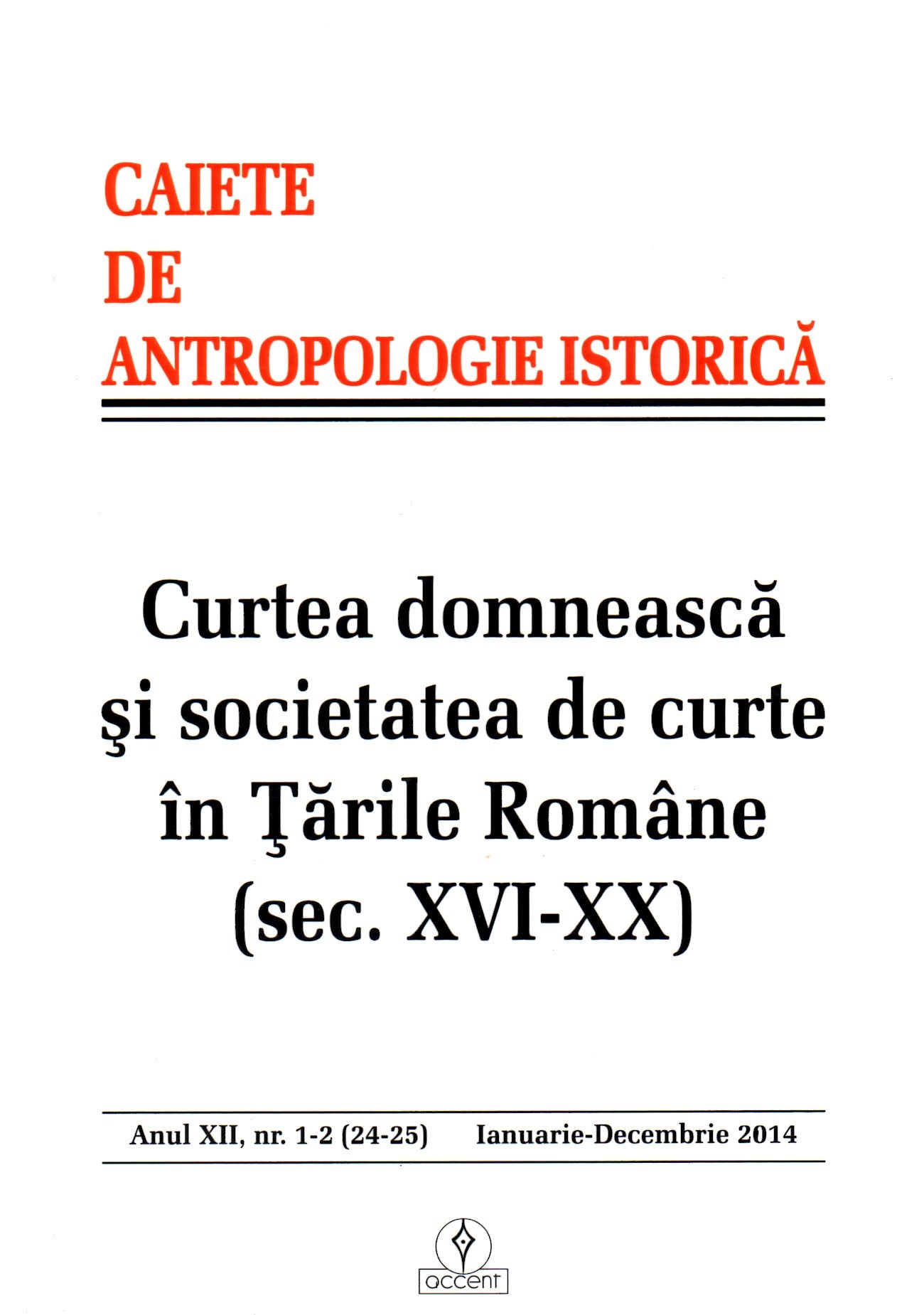Curtea domnitorului Ioan Sigismund
Ioan Sigismund's Court
Author(s): Ildikó HornSubject(s): Local History / Microhistory, Political history, Social history, 16th Century
Published by: Accent Publisher
Keywords: Ioan Sigismund; the principality of Transylvania; the structure of power; the court from Alba Iulia;
Summary/Abstract: Officially, Ioan Sigismund Zápolya ruled for three decades under the name of Ioan II, in the eastern part of the Hungarian kingdom, carrying the title of king of Hungary, but actually he only took power from September 1559 on, after the death of his mother, Isabela Jagiellon. Even though initially he did not show such intentions, in the end, after the many wars he carried, his initiatives led to the constitution of the Principality of Transylvania as successor to the Eastern Hungarian Kingdom. It is symbolic that Ioan Sigismund only lived for four more days after the confirmation of the new state at international level at the Treaty of Speyer. He did not manage to reunite the medieval Hungarian Kingdom under his scepter and he had to renounce the title of king as well. Nevertheless, his importance is signaled by the fact that he left as his legacy a state which, despite its vassalage to the Ottomans (having the ambiguous status of semi-autonomous state, a vassal of the Porte), at the time of his death was already becoming the bearer of Hungarian political traditions and a bastion for the protestant churches, thus a permanent source of embarrassment for the Habsburgs. But because he was the person that set the foundations of the new state and new court, we must study his personality and how he influenced the assemblage of his court and his political entourage. This study examines the character and personality of the individual who is considered to be the last Hungarian king and the first prince of Transylvania, the models that served to the shaping of his personality, but also the composition of the princely court of the new Transylvanian state structured at Alba Iulia during his reign. The new princely court structured itself progressively, around the prince, gravitating in concentric circles, composed of diverse personalities, such as the great Transylvanian nobles, or other nobles coming from the western counties of the old kingdom, (a first circle of massive influence), other middle-aged characters of noble descent, in full process of distinguishing themselves (the second circle), a significant number of Polish nobles, with political and diplomatic roles, as well as a segment of the Transylvanian nobility eager for political affirmation. Although the concentric circles of the princely court were very different from one another, in a greater degree, their objectives were concerned with the support of the rule of Ioan Sigismund. This common objective temporarily established them into a community. The members of the different circles did not like each other and in some cases did not even respect each other, but they were forced to take into consideration and to accept the positions of the others and their influence on the ruler. They soon figured out that if somebody did not commit an irreparable blunder, they would not succeed to eliminate each other from the circle of trust of the power and that he who might attempt something similar would endanger his own position, having behind each of them the protective attachment of the ruler. They learned to collaborate keeping in view their personal and common objectives, something that opened much more opportunities and established a larger space for distinguishing oneself in the political space of Transylvania.
Journal: Caiete de Antropologie Istorică
- Issue Year: 2014
- Issue No: 24-25
- Page Range: 85-103
- Page Count: 17
- Language: Romanian

